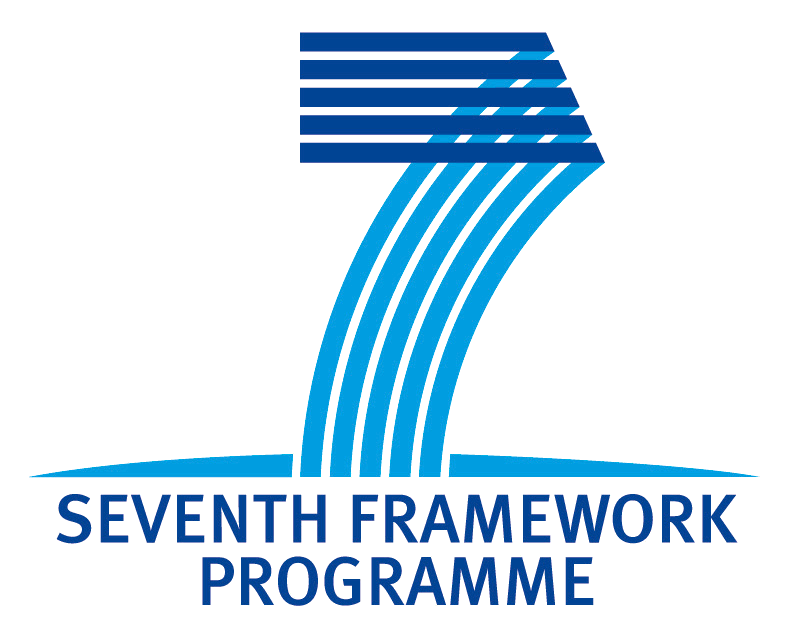Case Study: Cultural Heritage
The time frame for this workpackage has been shifted - check running dates.
Objectives
The objective is to build an ontology-based multilingual grammar for museum information starting from a CRM ontology for artefacts at Gothenburg City Museum, using tools from WP4 and WP2. The grammar will enable descriptions of museum objects and answering to queries over them, covering 15 languages for baseline functionality and 5 languages with a more complete coverage. We will moreover build a prototype of a cross-language retrieval and representation system to be tested with objects in the museum, and automatically generate Wikipedia articles for museum artefacts in the 5 languages with extensive coverage.
Description of work
The work is started by a study of the existing categorizations and metadata schemas adopted by the museum, as well as a corpus of texts in the current documentation which describe these objects (D8.1, UGOT and Ontotext). We will transform the CRM model into an ontology aligning it with the upper-level one in the base knowledge set (WP4) and modeling the museum object metadata as a domain specific knowledge base. Through the interoperability engine from WP4 and the IDE from WP2, we will semi-automatically create the translation grammar and further extend it (D8.2, UGOT, UHEL, UPC, Ontotext). The final result will be an online system enabling museum (virtual) visitors to use their language of preference to search for artefacts through semantic (structured) and natural language queries and examine information about them. We will also automatically generate a set of articles in the Wikipedia format describing museum artefacts in the 5 languages with extensive grammar coverage (D8.3, UGOT, Ontotext).
What links here
No backlinks found.


